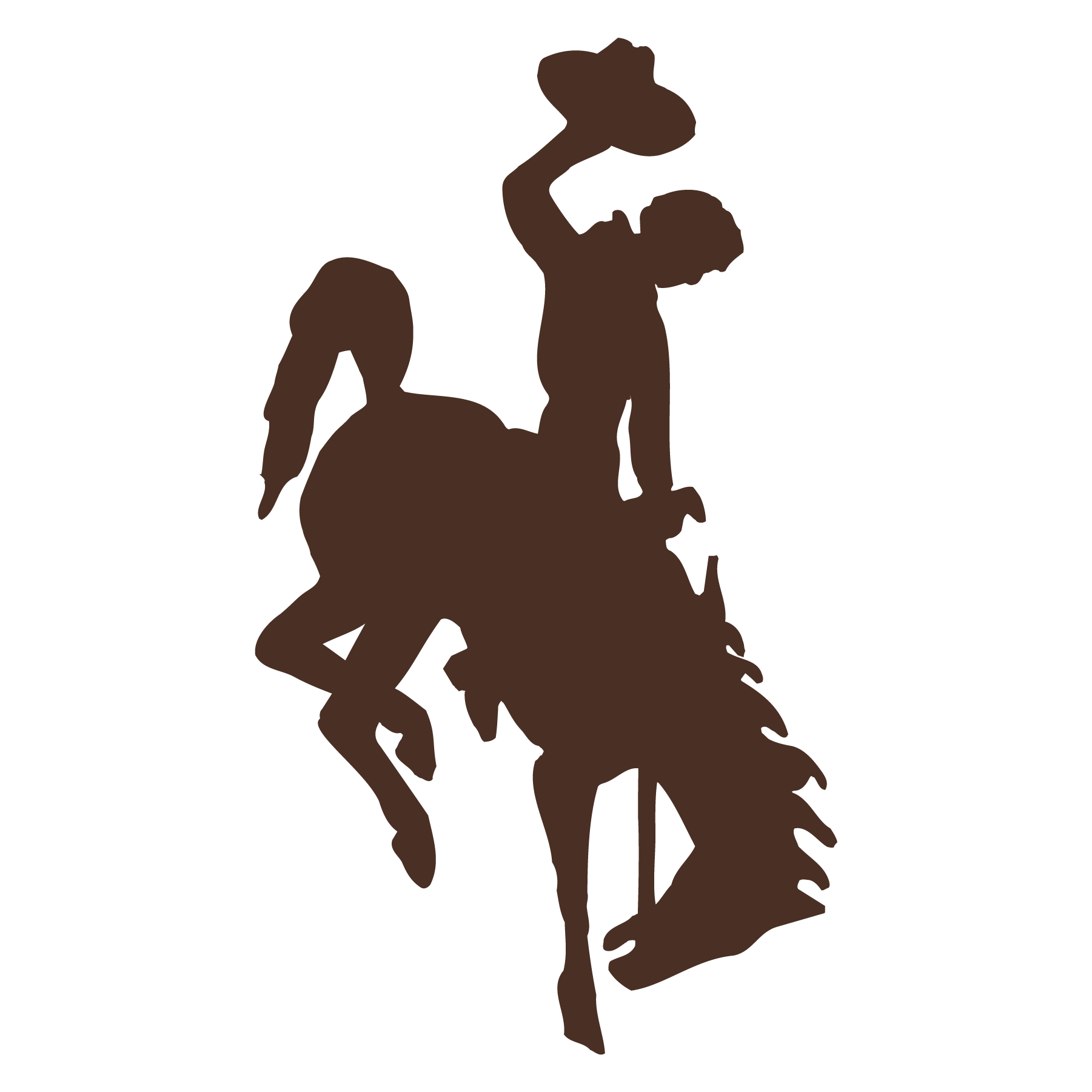| Abstract |
With many species interacting in nature, determining which interactions describe community dynamics is nontrivial. By applying a computational modeling approach to an extensive field survey, we assessed the importance of interactions from plants (both inter‐ and intra‐specific), pollinators and insect herbivores on plant performance (i.e., viable seed production). We compared the inclusion of interaction effects as aggregate guild‐level terms versus terms specific to taxonomic groups. We found that a continuum from positive to negative interactions, containing mostly guild‐level effects and a few strong taxonomic‐specific effects, was sufficient to describe plant performance. While interactions with herbivores and intraspecific plants varied from weakly negative to weakly positive, heterospecific plants mainly promoted competition and pollinators facilitated plants. The consistency of these empirical findings over 3 years suggests that including the guild‐level effects and a few taxonomic‐specific groups rather than all pairwise and high‐order interactions, can be sufficient for accurately describing species variation in plant performance across natural communities. |
| Authors |
Lisa Buche  , Lauren G. Shoemaker , Lauren G. Shoemaker   , Lauren M. Hallett , Lauren M. Hallett  , Ígnasi Bartomeus , Ígnasi Bartomeus  , Peter A. Vesk , Peter A. Vesk  , Christopher Weiss‐Lehman , Christopher Weiss‐Lehman   , Margaret M. Mayfield , Margaret M. Mayfield  , Óscar Godoy , Óscar Godoy 
|
| Journal Info |
Wiley | Ecology Letters , vol: 28
, iss: 1
|
| Publication Date |
1/21/2025 |
| ISSN |
1461-023X |
Type |
letter |
| Open Access |
hybrid

|
| DOI |
https://doi.org/10.1111/ele.70059 |
Keywords |
Guild (Score: 0.9414767) , Community (Score: 0.4554252)
|